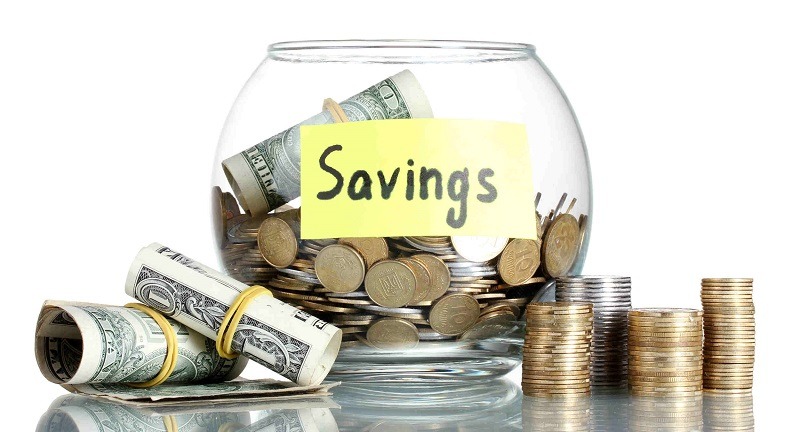
A savings account is an interest-bearing deposit account held with a bank or other financial institution.
You can open a savings account by visiting a bank branch with your government-issued ID and any cash or check you wish to deposit. You will also be asked to provide your address, contact information, and social security number or tax identification number. You may need to open checking accounts and savings accounts, and there may be minimum deposit thresholds. It is also possible to open a savings account in online banking.
A savings account is a basic type of financial product that allows you to deposit money and usually earn a small amount of interest. These accounts are federally insured for up to $250,000 per account holder and provide a safe place to store your money while earning interest.
When you put money in a savings account, the bank technically lends the money and you pay interest in return.
A savings account can help you resist spending by withdrawing money from your spending account. Emergency funds can be kept in your savings account for quick access.
There is no risk in depositing money into a savings account. The interest you earn by putting money in a savings account increases over time.
Stampf recommends keeping six to 12 months of expenses in a high-yield savings account for easy access to cash in case of emergencies and saving for larger expenses that come up in the short term, like buying a house.
You can withdraw money from your savings account at any time; however, some financial institutions may allow you to make up to six “convenience” transactions per month before a fee is charged.
What is considered "convenient" is defined by your particular bank.